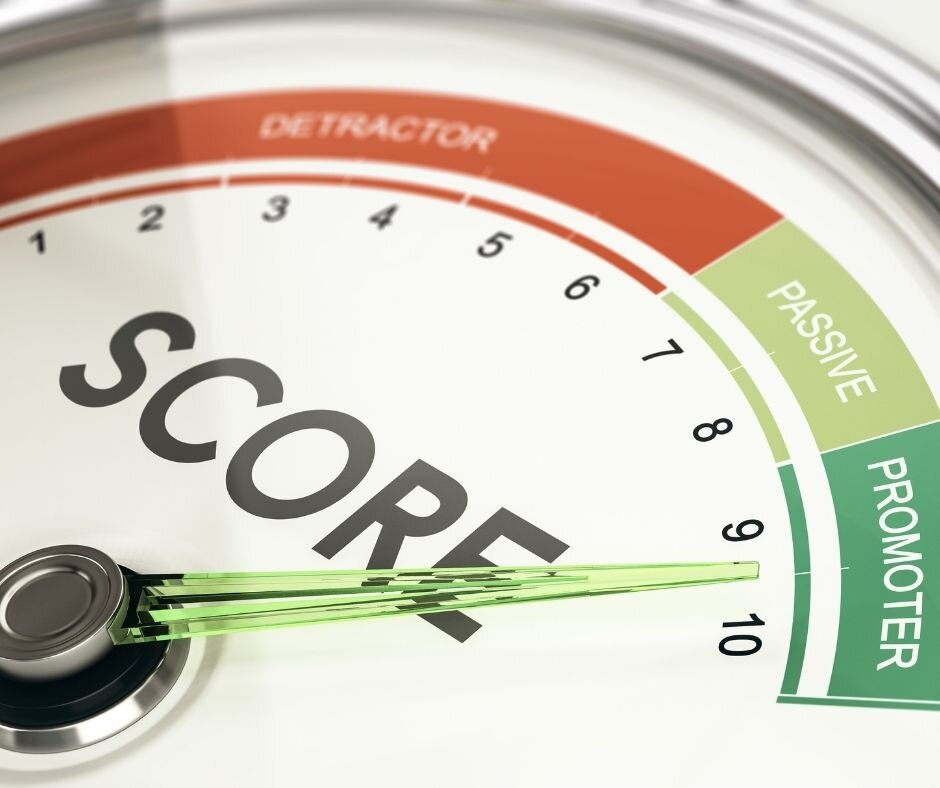The most common metrics used to determine customer experience are customer satisfaction metrics, net promoter score, and customer effort. A good customer experience depends on meeting the customers' needs with on-time service, satisfactory products, and thoughtful interactions.
What are Customer Experience metrics?
The customer experience (CX) is how a customer perceives the value of the goods and services they receive. A high-quality customer experience can help an organisation improve customer satisfaction, increase revenue, and deepen customer loyalty. Use different CX surveys at varying touchpoints with your customers, depending on what you hope to measure. It’s worth noting at this stage that there is a difference between customer experience, and the digital customer experience, although you can use the following metrics as part of a strategy to improve both.
Customer Effort Score (CES)
Did you know that 90% of millennials prefer smartphones for customers interaction? Customers want interactions with businesses to be easy and effortless. This is why you should track your customer effort score.
The customer effort score (CES) is a metric in which an organisation can gauge how much effort a customer must put into purchasing a product or service. It is a measurement for the ease with which a customer completes a task and measures how much effort is required to do something. It is a core metric in customer satisfaction modelling and a key statistic for market research. A high CES means that customers must go through a lot of work to complete a task (e.g. purchase a product or service). A low CES implies that it takes little to no effort on the part of the customer to complete the specific task in question (e.g. buy a product or service.)

A customer effort score survey is a questionnaire that asks customers to answer a question or a series of questions and rate their level of difficulty and effort in completing a task. An example of using a customer effort score survey would be when a customer searches for a product on an online store.
The problems with the customer effort score are that it is hard to define what makes a particular effort level "more difficult" than another. Additionally, the data needed to calculate this score may not be available to companies. For CES survey results to provide actionable insights, in-depth responses may be required. This, in turn, means the customer effort score surveys may be difficult to complete, as they are time-consuming and need respondents to produce detailed answers, which may discourage people from participating.
Net Promoter Score (NPS)
The Net Promoter Score is a customer experience metric that uses a scoring system to measure customer loyalty. It has been called the most powerful customer metric by Bain & Company, the company that developed it. Companies use it to assess the quality of their customer service, product, and brand. The NPS score ranges from -100 to 100. NPS is calculated by subtracting the percentage of customers likely to discourage others from doing business with the company (detractors) from the percentage of customers likely to recommend doing business with the company (promoters).

Some people criticise the Net Promoter Score for being too simplistic, but sometimes simplicity can be a virtue.
One of the benefits of the Net Promoter Score survey question is that it is an easy-to-answer quick one, with the user only having to answer, on a scale of 0-10, "How likely are you to recommend [Product or service] to a friend or family member?". It also has an optional open-ended response following that question which allows the user to fully explain they are, or are not, likely to recommend your business.
Companies can use NPS surveys to track customer satisfaction over time, identify what customers like and dislike about your company, and get ideas for improvement. Companies should use it as an ongoing survey to identify trends and compare their results to other companies within the same industry or see how their NPS has changed over time.
Some people criticise the Net Promoter Score for being too simplistic, but sometimes simplicity can be a virtue. If you are trying to think of all the potential questions that might arise about how to gauge user satisfaction, you are likely to get bogged down in complexity and lose sight of the bigger picture.
Customer Satisfaction Score (CSAT)
Businesses can use a customer satisfaction survey as a tool to gauge the satisfaction level of their customers on a scale of 1 to 5, 5 being the most satisfied and 1 being the least satisfied. Businesses can then use this information to improve the customer's satisfaction levels by identifying areas of the product or service that customers enjoy and areas that they don't.

Unlike the customer effort score, which focuses on a person's experience during a specific interaction with a company, a CSAT survey can measure customers' satisfaction with a particular experience or gauge their overall satisfaction with a company.
Companies can conduct customer satisfaction score surveys online by creating a survey form on their website. They would have to make a form with a rating scale, such as a five-star rating scale, and then send that link out to their customers to complete the survey.
Conclusion
As you can see, there are many metrics you can use to measure the customer experience. These are great tools to help you analyse your customer experience at different stages in the buyer journey. However, they are best used in combination. That way, you can harness the power of all three to improve customer experience. Book a consultation to learn more about how to use these metrics to improve your customer experience.
Comments